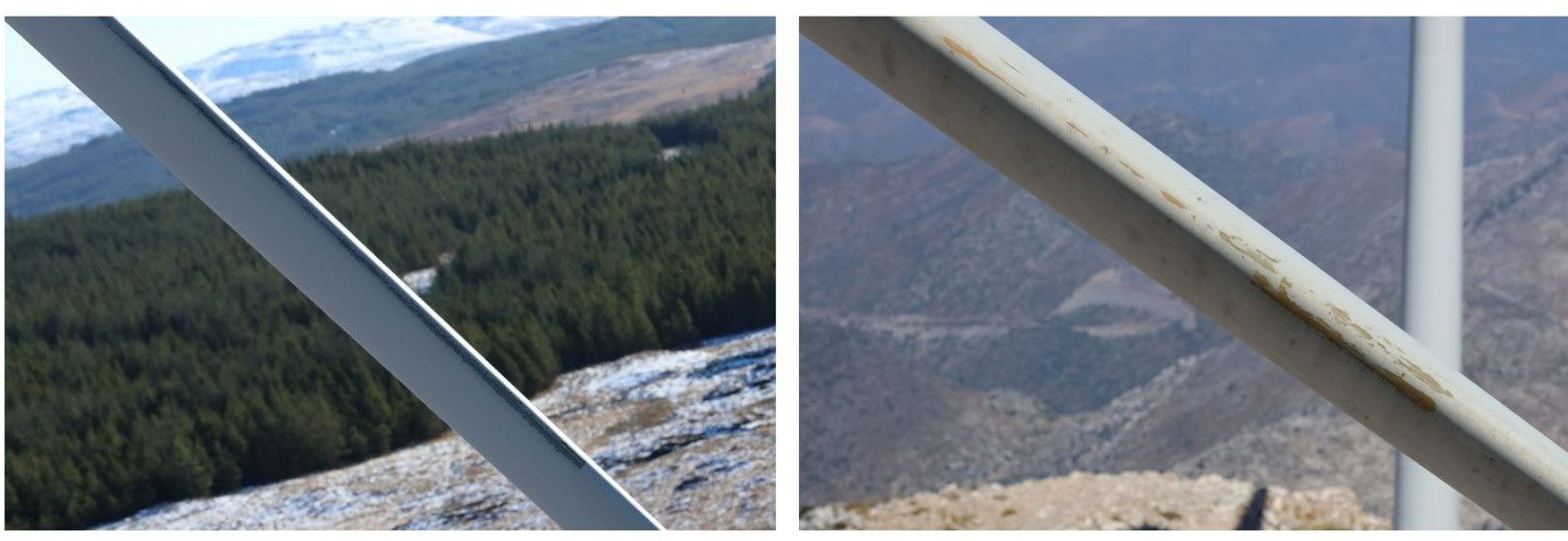Damage progression and the importance of early detection
It is easy to underestimate the value of a system that reliably and accurately finds damage on your turbine blades. When damage is missed during a review it is allowed to progress and increase in severity, which has multiple implications on O&M costs. More severe damage is more expensive to fix.
It is also more difficult to fix, which means a longer turbine downtime is needed during repair. More severe damage also causes greater efficiency losses i.e. as leading edge erosion increases in severity the overall efficiency of the turbine comes down during operation.
It is worth considering whether this is a real problem – is damage being systematically missed? To assess this, we carried out a review of historic inspections with current technology (AI), and discovered that up to 15% of damage in those inspections had been missed. The client estimated that late detection, and the additional cost of repair and downtime, was 10x the cost of the inspection.
This clearly highlights the difference between an average inspection and a good one. When you scale this to hundreds or thousands of wind turbines, a system that is built around reliability represents a disproportionate increase in value.
At Perceptual Robotics, we are now working to take this a step further by not only reliably detecting damage but also helping customers make the best decisions about what to do with that information.
To do this, we leverage historical inspection data, with damage accurately localised on the blades and matched across inspections through time and show it in a single screen and in the reports, so reviewers can easily track damage progression across time. This information is coupled with site and turbine specific information.
For instance, leading edge erosion progresses at a much faster rate on larger blades and in rainy and windy conditions. The combination of this information allows us to predict future damage evolution and help our customers optimise their repair strategy.
The same type of damage on different blades in different environments requires different repair strategies.
